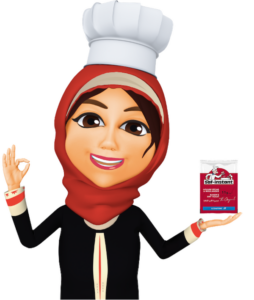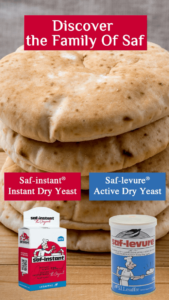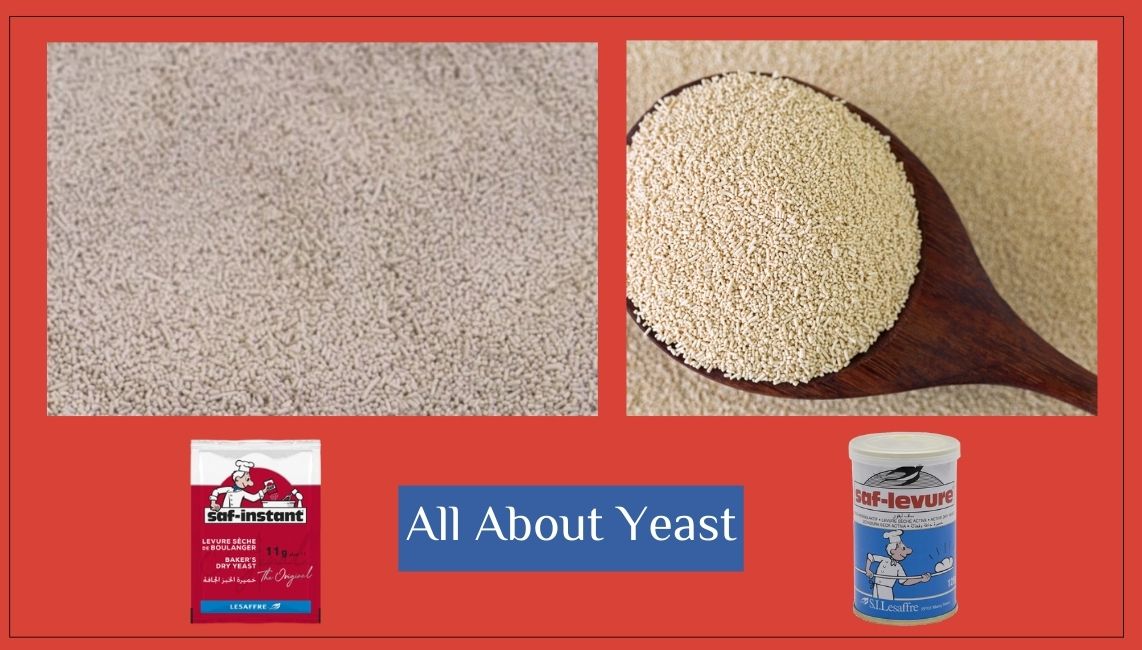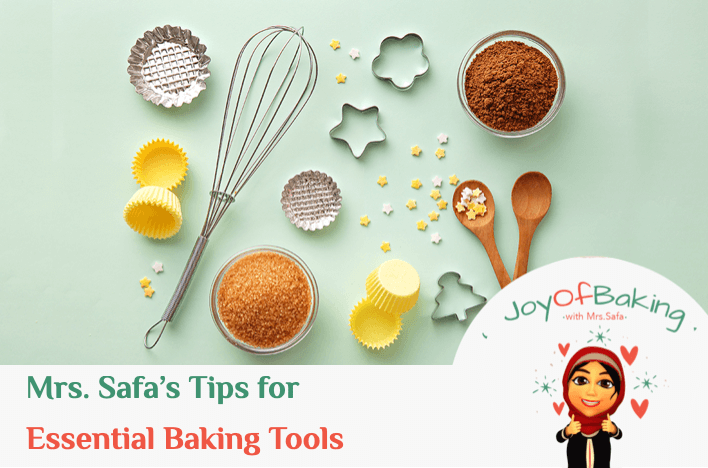
The main component that allows bread and other gluten-containing foods to rise is yeast. The yeast used in our food is known as a leavening agent.
Along these, it influences taste. Mrs. Safa provides instructions for Active Dry Yeast and Instant Dry Yeast in her article.

⭐️ What defines instant yeast from active (dry) yeast?
If you have tried to bake with yeast you may have seen two different options available at the grocery store: Saf-instant® dry yeast and Saf Levure® active dry yeast.
The most important thing to remember about using active dry yeast vs instant dry yeast is that they are started with differenttemperatures of water or milk.
The temperature is required to rehydrate the yeast and “activate,” or awaken, it from its inactive form. This makes sure the yeast is still functional and alive.
⭐️How is instant dry yeast activated?
While it takes a bit of work to get dry yeast to wake up, instant yeast is ready to go. As a result, you may just include the instant yeast into the recipe as is. Saf-instant® instant dry yeast does not need to be rehydrated, you can add it directly to your flour before mixing.

⭐️How can active dry yeast be activated?
Until proofed, or dissolved in a small amount of lukewarm water (approximately 35°–40° C), this yeast is inactive. The remainder of the ingredients are then added, and it causes the dough to rise.
Saf-levure® active dry yeast that is suitable for all baking processes. It has extreme stability at room temperature and good shelf life.

Is one yeast kind stronger to the other?
Good news is you can make any recipe calling for yeast and the specific type doesn’t really matter.
It usually depends on your own preference and which you have accessibility to; neither is necessarily better than the other.
💡The good news is that it doesn’t really matter which type of yeast you use; you can prepare any recipe that calls for it.
Which yeast you should prefer ?
Really, this is completely up to you. There is no one right answer because each type of yeast reacts differently and results in quite different baked product.
If the recipe doesn’t clearly mention differently, Mrs. Safa advises sticking with one brand of yeast, getting to know it, and using it.
⭐️How you should store the yeast ? Check out our article here:
- https://bakeitwithlove.com/how-to-activate-yeast/
- https://www.masterclass.com/articles/instant-yeast-vs-active-dry-yeast-comparison
- https://www.seriouseats.com/all-about-dry-yeast-instant-active-dry-fast-acting-and-more
- https://www.thekitchn.com/whats-the-difference-between-active-dry-yeast-and-instant-yeast-54252





Leave a Reply